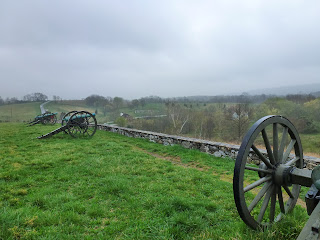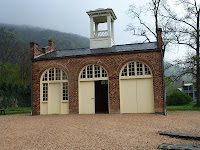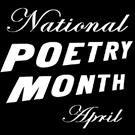I’ve been digitally disconnected—sort of—for the past 4
days, on vacation in Vegas with my husband's golfing siblings.(more on that
coming!) I am so addicted to my i-Phone,
that, of course, I checked my email, but have not been using my laptop and my
back pain suddenly has disappeared. Could it be that hunching over the keyboard
8 hours a day has been causing my problems?
Need to bring in the “ergonomic advisor” (Roche actually had one who
would come to your desk and evaluate your posture, positioning, chair
height,etc.) Ah, sometimes I miss those
nice little corporate touches.
Back on topic—Mindfulness—a popular subject in the breast
cancer community. When you see that Vinny G from Jersey Shore has written a
book which includes meditation, you know Mindfulness has arrived. Never mind
that the Times also ran a story last week, Putting Meditation Back on the Mat, which chronicled a return to the mind part of yoga over the strictly physical
emphasis, the big news was Vinny making the rounds of B&N stores including
Clifton to talk about his book: Control the Crazy: My Plan to Stop Stressing,
Avoid Drama and Maintain Inner Cool.
Most cancer patients are introduced at some point to the idea of mindful meditation to control their own crazies. Cure
magazine’s Spring 2012 article on Stressed during Cancer Treatment? Try Meditating. quotes mindfulness coach Elena
Rosenbaum …"there is more right with you than wrong and that your attitude does
make a difference. There is so much fear around what is happening, but if you stop
struggling against what you cannot control, you’re more able to find that
peace and strength inside of you that allows you to manage and cope."
So what is Mindfulness exactly? According to Saki Santorelli, Associate Professor
of Medicine at the University of Massachusetts: “mindfulness meditation is paying attention on
purpose, the present moment, nonjudgmentally." Ooh, there's a therapy word for
you—nonjudgmentally—but simply means not denying your negative thoughts, just
deciding at this moment that you are going to purposefully set them aside and
concentrate on breathing and “what is before us at the moment, such as the
beautiful sky or the feeling of being alive.”
I’m not a New Ager by any means, but through Yoga and now
Tai-chi, I’ve been trying to focus on breathing and slowing things down, being
grounded in the present. I imagine what my mother‘s comment would be, if she were still here: "Well,
just say a rosary, you don’t need to say 'om shanti shanti' or some such
nonsense.” She’d probably go on to remind me of the Serenity Prayer, which hung over her kitchen sink:
God grant me the serenity
to accept the things I cannot change;
courage to change the things I can;
and wisdom to know the difference.
to accept the things I cannot change;
courage to change the things I can;
and wisdom to know the difference.
It’s not a religious competition, of course, and although
related to Buddhism, mindfulness can stand on its own non sectarian basis.
I have to admit I haven’t even skimmed Vinny’s book,
couldn’t pick him out of a lineup and don’t watch Jersey Shore, but maybe this
year there will be an episode where Vinny gets up early (or maybe never goes
to bed), wanders down to the beautiful Jersey beach, pre-dawn, lays out his
towel and breathes deeply, as the sun rises and a new day begins.



















